Gamma Radiation Shielding
Overview
Gamma radiation shielding is an important component of radiation safety programs aiming to reduce personnel exposure to ionizing radiation. Attenuation data for commonly used shielding materials is available in many resources, such as the National Institute of Standards (NIST) XCOM database of attenuation coefficients and Health Physics and Radiological Health. Ultimately, selecting the most appropriate gamma radiation shielding material for a given source of ionizing radiation will require knowledge of the source of radiation, application of attenuation data from available resources, and understanding of the basic principles of gamma ray interactions with matter. Other factors such as cost and chemical compatibility must be considered. The basic information required for assessing the relative merits of a wide range of shielding materials is covered in our Gamma Attenuation White Paper.
NPO contracted TEAM Industrial Services to conduct a benchmarking study to evaluate the attenuation of Co-60 gamma dose reduction achieved by various commercially available shielding materials. Multiple replicates (n = 3 – 9) of products made from lead wool, tungsten, bismuth, and iron were compared to each other and to a solid lead plate benchmark. The attenuation directly correlated with a single factor, cross-sectional density of the shielding material (or mass of shielding material in the path of the gamma radiation, i.e., mass-in-the-path). Neither the physical format of the shield (solid lead, lead blanket, or flexible shielding) nor the identity of the supplier had a significant impact on the results obtained in this study.
Team Industrial – Gamma Attenuation Benchmarking Study, August 2021 – redacted
Types of Shielding
Overview
Gamma radiation shielding is an important component of radiation safety programs aiming to reduce personnel exposure to ionizing radiation. Attenuation data for commonly used shielding materials is available in many resources, such as the National Institute of Standards (NIST) XCOM database of attenuation coefficients and Health Physics and Radiological Health. Ultimately, selecting the most appropriate gamma radiation shielding material for a given source of ionizing radiation will require knowledge of the source of radiation, application of attenuation data from available resources, and understanding of the basic principles of gamma ray interactions with matter. Other factors such as cost and chemical compatibility must be considered. The basic information required for assessing the relative merits of a wide range of shielding materials is covered in our Gamma Attenuation White Paper.
NPO contracted TEAM Industrial Services to conduct a benchmarking study to evaluate the attenuation of Co-60 gamma dose reduction achieved by various commercially available shielding materials. Multiple replicates (n = 3 – 9) of products made from lead wool, tungsten, bismuth, and iron were compared to each other and to a solid lead plate benchmark. The attenuation directly correlated with a single factor, cross-sectional density of the shielding material (or mass of shielding material in the path of the gamma radiation, i.e., mass-in-the-path). Neither the physical format of the shield (solid lead, lead blanket, or flexible shielding) nor the identity of the supplier had a significant impact on the results obtained in this study.
Team Industrial – Gamma Attenuation Benchmarking Study, August 2021 – redacted
Types of Shielding
Gamma Radiation Shielding Applications
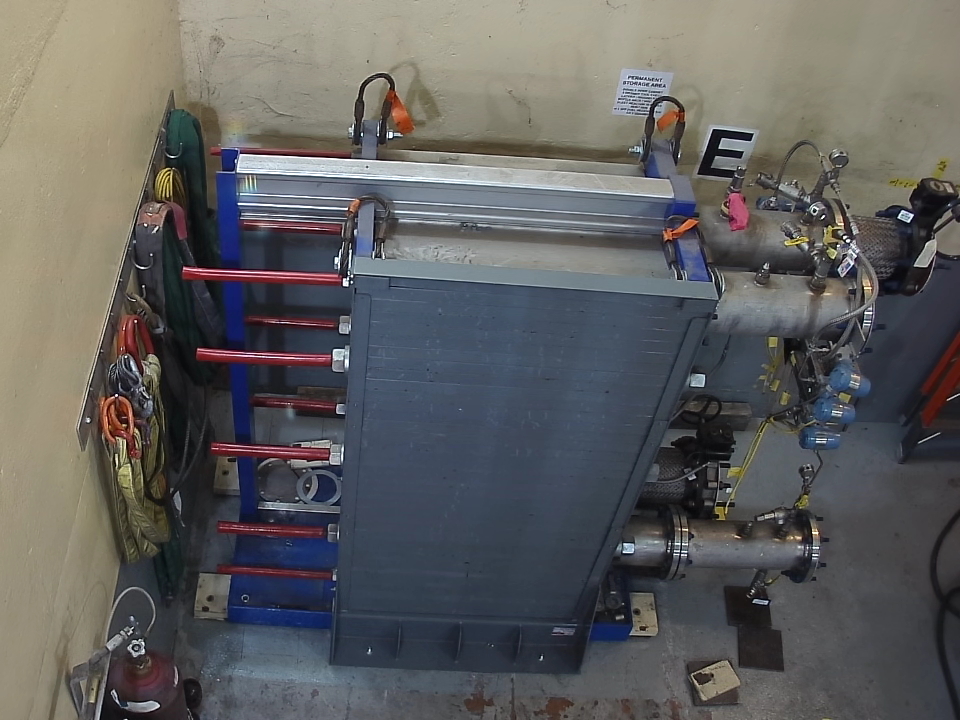
- April 16, 2024
Oconee Heat Exchanger Skid Shielding
IMG_1385IMG_1391HX Skid Shielding Survey Results
...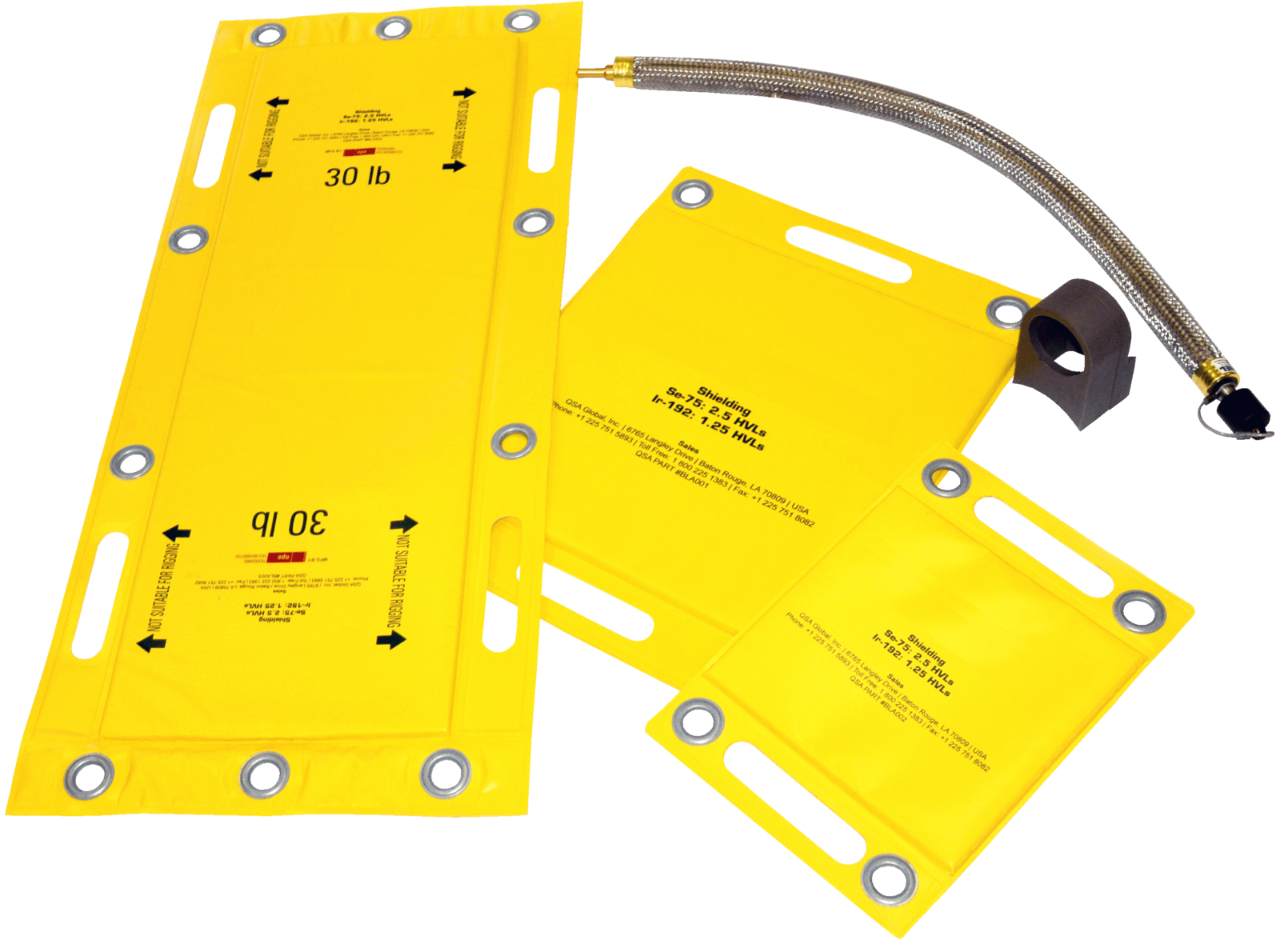
- February 20, 2024
Radiography Shielding
Radiography is a non-destructive testing (NDT) technique that uses a radioactive source to detect flaws or defects in the internal structures, typically pipes. This testing process requires an “exclusion...
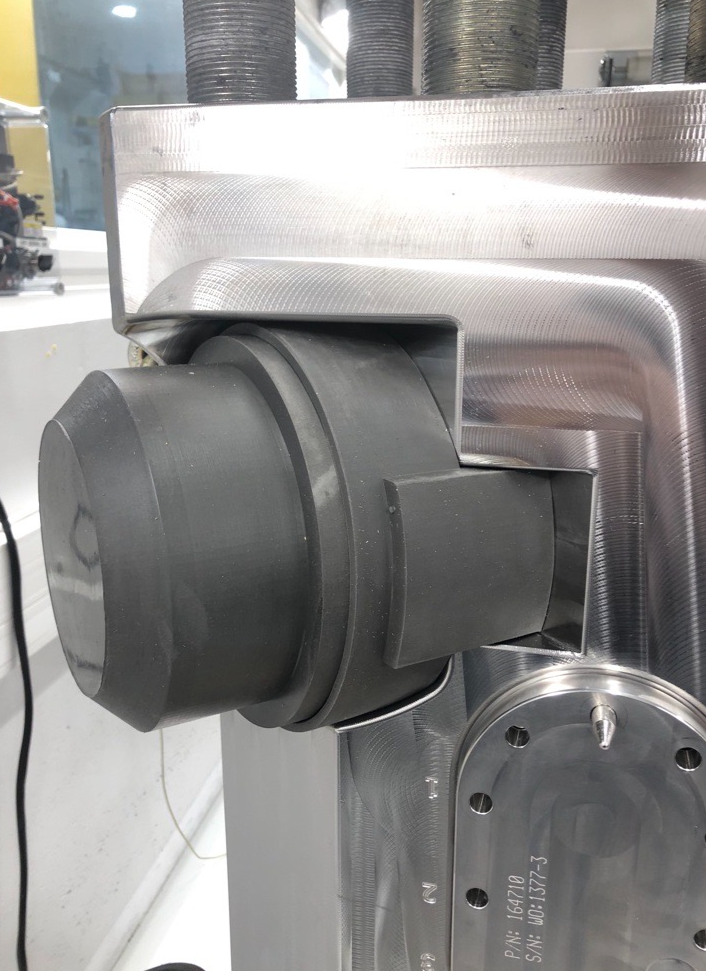
- March 6, 2023
Custom Fit Meter Shielding
Some shielding applications require a precise fit in order to shield effectively. The meter of this instrument was a streaming source for the workers operating it. To fit the...
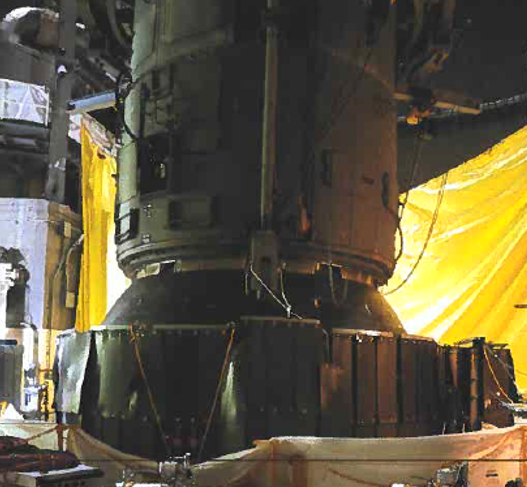
- January 9, 2023
Vogtle Reactor Head Shielding
In 2021, Vogtle reached out to NPO to help develop a new shielding package for around the reactor head. Their current system consisted of two rings: one under the...
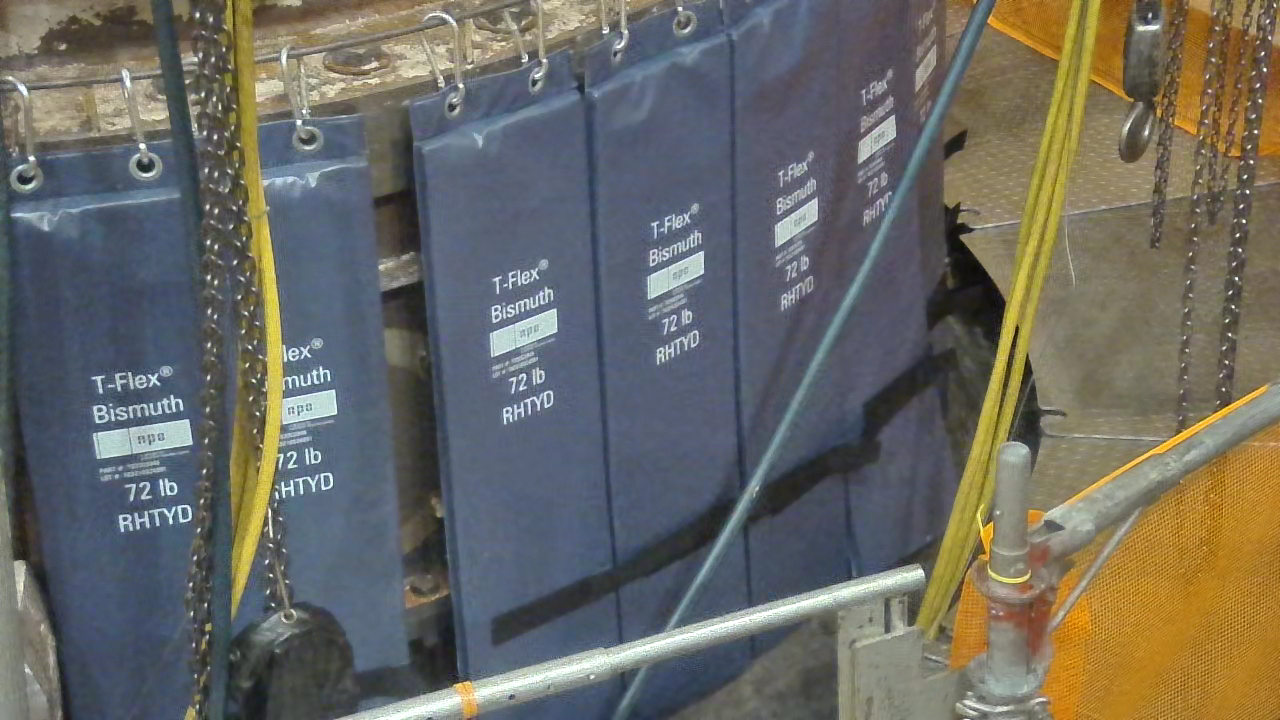
- June 30, 2022
Oconee Reactor Head T-Flex Shielding
Reactor head shielding is an essential part of every refuel outage. Oconee Nuclear Station sought to upgrade the shielding used at the bottom of the reactor head, opting to...
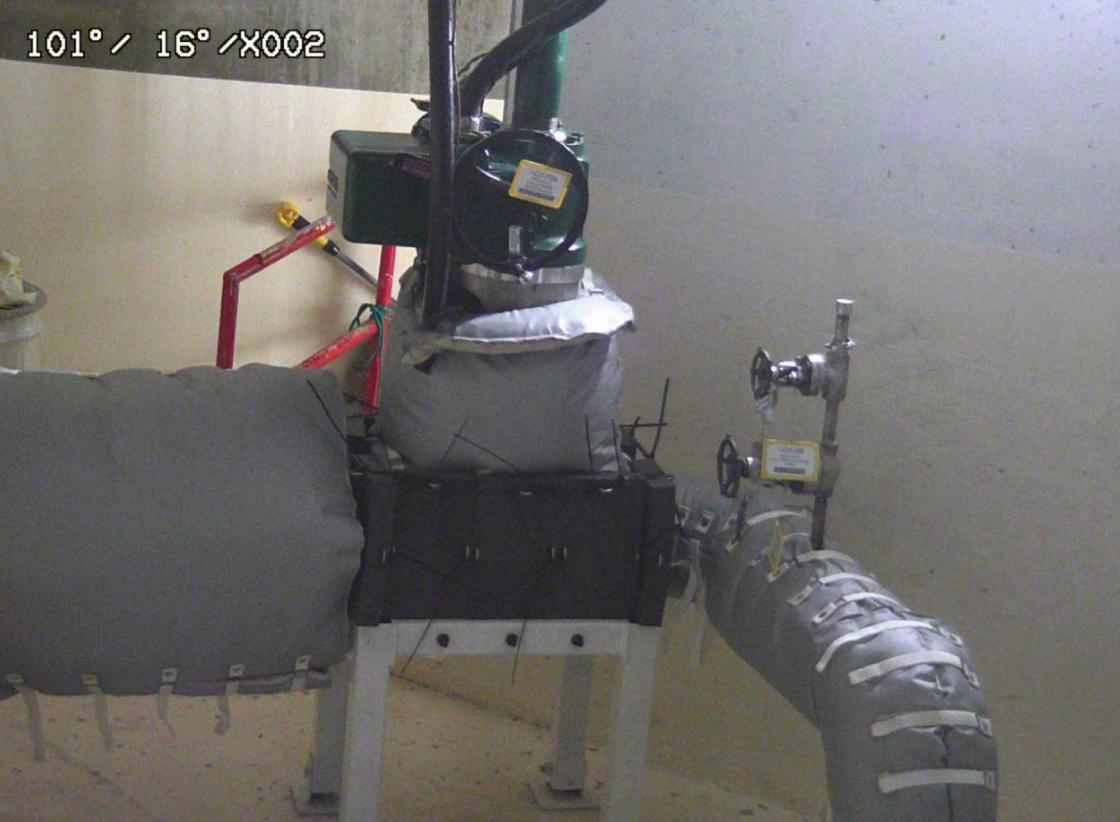
- June 29, 2022
Brunswick Permanent Valve Shield Box
Magnetic T-Flex tiles attached to steel frame and secured with cable ties Brunswick Nuclear Station had a valve that was causing a room to be a locked high radiation...